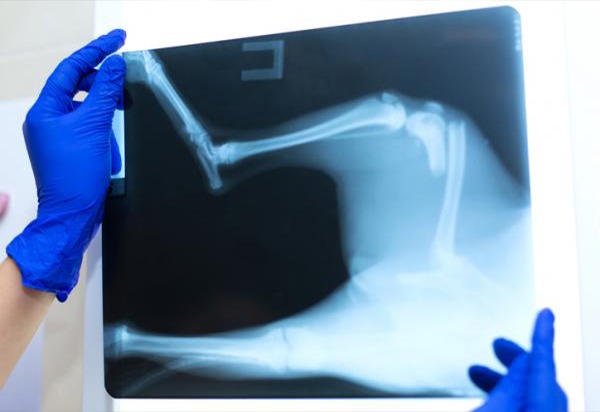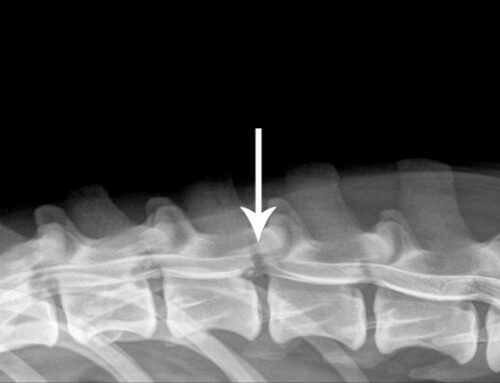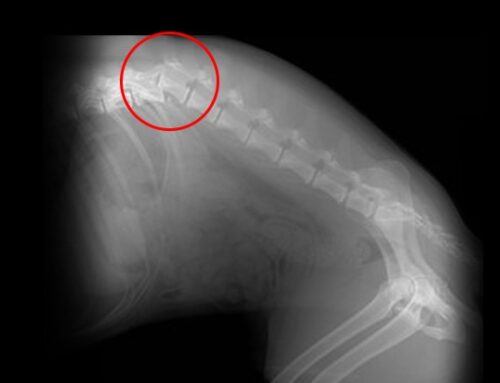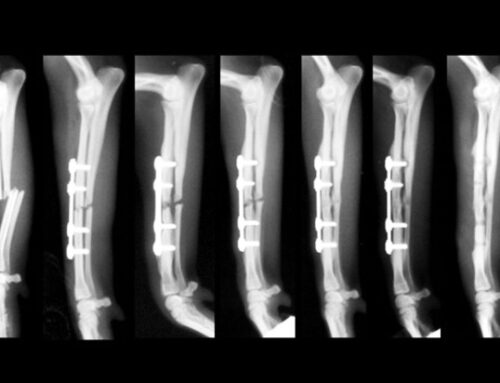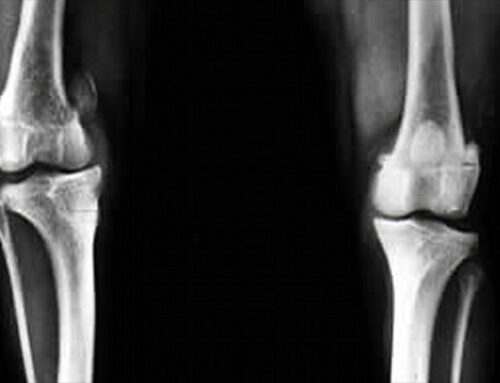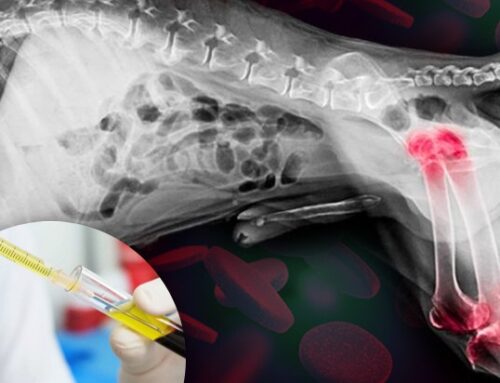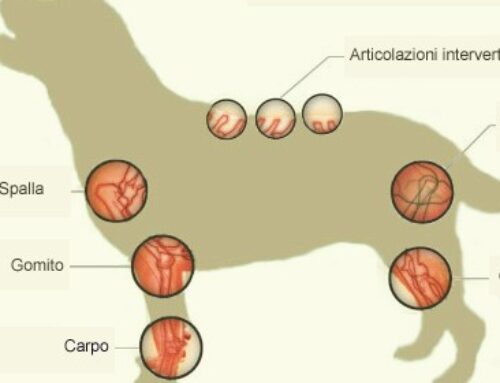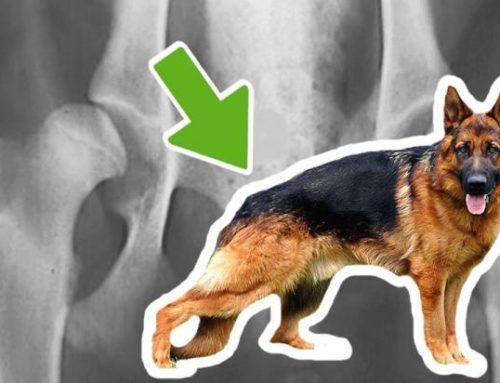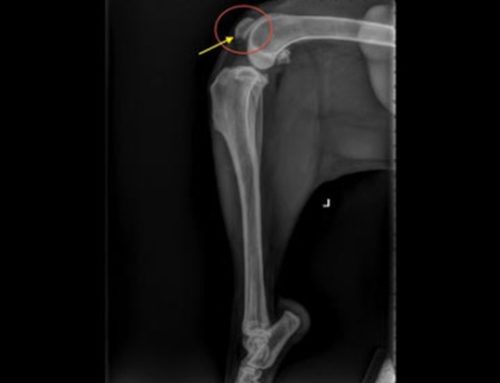Preventive x-rays for puppies are extremely important.
If your puppy jumps around like a cricket, doesn’t have injuries and looks apparently fine, don’t take for granted that he’s immune to osteoarticular diseases, moreover if he or she belongs to a breed with a genetical disposition.
If you want your dog to grow really strong, without the painful symptoms of a dysplasia, make him or her take some preventive Radiographs as soon as possible to reduce the risk of needing surgeries and painful rehabilitation.
Preventive x-rays for puppies: breeds at risk
Hip dysplasia is much more common within Large and Extra-large breeds of dog.
To name a few: the German Sheperd, the Retriever, Rottweiler, Dogue de Bordeaux, Corso, Boxer and all the dogs molossers.
All the puppies that belong to such breeds should be checked very early in their lives, to verify a tendency to hip dysplasia and limit it’s spread.
Don’t get fooled by the fact that your puppy comes from healthy parents without any signs of disease: your dog might still suffer from it.
What is dysplasia?
Dysplasia is a very serious disease and consist in a malformation of the hip joint, developed during the dog’s growth.
The hip consists in the femur and the acetabulum, in which the former is located.
If the head of the femur is not inserted perfectly, the joint cartilage will wear out abnormally.
As time goes by, a chronic and progressive arthrosis will manifest: a very painful and sometimes invalidating disease.
What are the causes?
Hip dysplasia may come from environmental and nutritional factors during the development of the young dog.
But it’s mostly the inherited genetics that determine the outcome.
Structural variations of hip dysplasia, at the very base of the diagnostic procedure, are mainly associated with genetics.
Only with Preventive x-rays for puppies we “get” the dysplasia
Only radiographs (X-rays) can certify whether or not it shows signs of dysplasia.
As soon as three months old, you could find the first symptoms in the puppy.
An earlier diagnosis will allow your doctor to find the disease in its early stages and take every precaution to stop it’s development.
Preventive Radiographs for puppies and prognosis
Early evaluation consists in a thorough orthopedic exam: hip palpation and a Dynamic/Static radiography screening.
On the base of acquired data, the doctor will give a prognosis regarding the kind of dysplasia the puppy may develop while growing up.
According to the discovered alteration, will be given a series of possible solutions.
Remedies
In lighter scenarios, focusing on the puppy’s growth will be enough: keeping his or her weight in check and making sure to exercise often, in order to toughen his or her muscles.
On the other hand, if the situation is worse, the doctor may suggest some surgical operations.
These, if performed while the puppy is very young, will result in less discomfort for the dog, whereas complex situations will require a more complex intervention.
